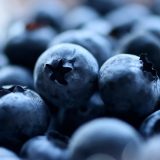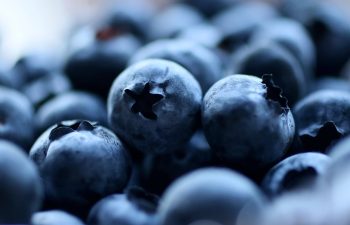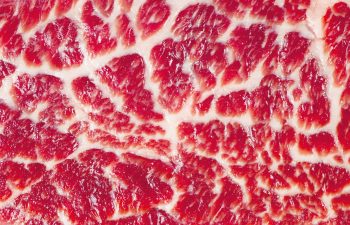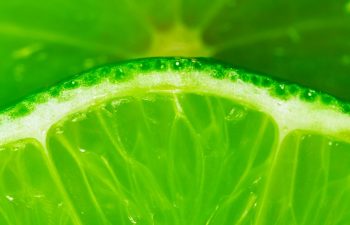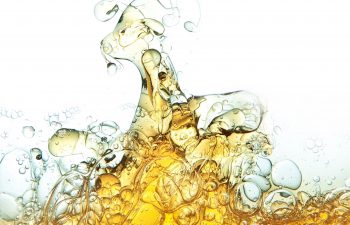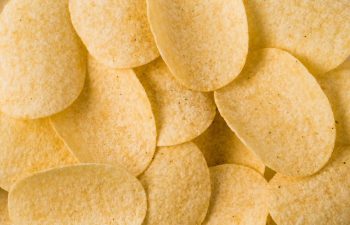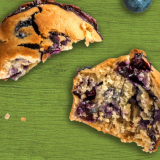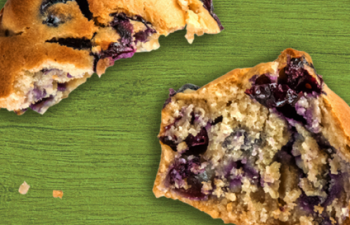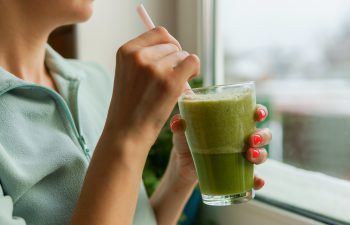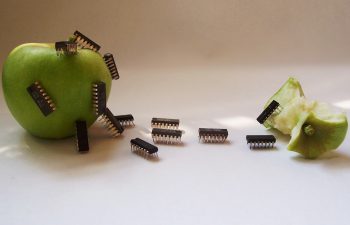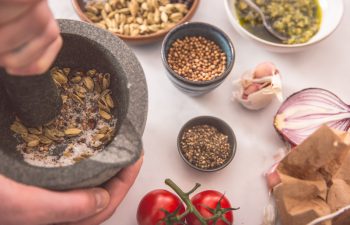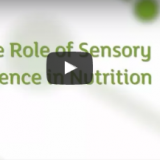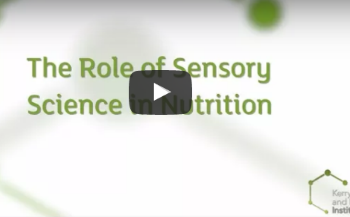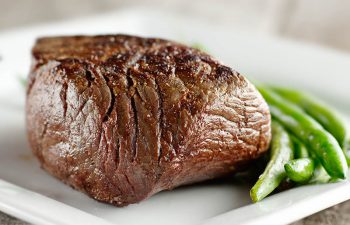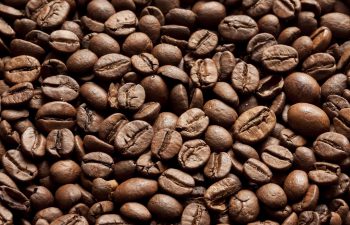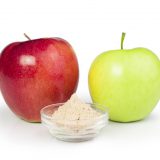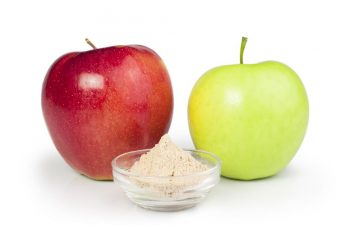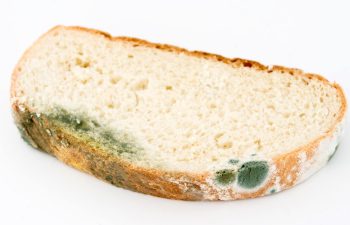On October 15th, 2024 experts gathered for an informative webinar exploring Taste Modulation and how it can be used to support positive nutrition. You can watch this full webinar by clicking the video above! David Deeley (Sr. Insights Manager, Kerry) begins the webinar (at 1:29) highlighting the importance of the consumers’ needs and wants… Read more »
Food Science
Delve into the latest innovations and research in food science. This section uncovers the technology behind food production, safety, sustainability, and the nutritional value of our foods. From novel ingredients to emerging trends, gain insights into the science that shapes what we eat.
Can you quantify the value of extra shelf-life days in food? As a consumer, it can allow for more time in a busy life to eat foods before they end up as unintended waste. This time can be about saving money and protecting health. For the industry, it can be about longer and more resilient… Read more »
Ready to eat (RTE) meat products have short shelf lives unless special precautions are taken to maintain and extend their shelf life. They are subject to spoilage by various bacteria that cause organoleptic and eating quality changes that make them unacceptable to consumers. They are also subject to some pathogenic bacteria that can cause food… Read more »
The future of food production relies on significant advances in microbiology, bioprocessing, enzyme technology and artificial intelligence, in order to feed a growing population, set to reach almost 10 billion people by 2050, while also reducing the negative impacts of food production on the planet. Recent advances in synthetic biotechnological processes such as precision fermentation… Read more »
Scientific research studies play a vital role in advancing our understanding of human health and making evidence-based decisions. In the field of nutritional science, researchers employ different types of studies to unravel the complex relationship between nutrition and well-being. This infographic provides a concise overview of the main types of nutrition research study design, highlighting… Read more »
Fresh berries are rich in nutrition but can spoil quickly and generate more food waste. What is the best way to preserve the nutrition of berries when processing to improve portability, shelf life, or usability into foods and beverages? Frozen? Dried? Juice?
Kokumi has been part of the Japanese culinary tradition for centuries. It is associated with foods that exhibit a fullness, succulence and craveability. Is it a taste? How does it work to improve flavor of food?
What is cultivated meat and how is it made? What is the environmental impact of replacing conventionally grown meat with cultivated meat, and will it be one of the greatest human achievements to date? Kyle Probst, PhD, explores the science to find answers to these questions.
Upcoming EU regulations will change which types of natural flavouring sources are acceptable in organic products. Nicolas Barthes, BSc walks through the legislation, how extracts are made, and how to decide which type of extracts are appropriate for different foods and beverages.
Learn about the purpose of lecithin and other emulsifiers in food, which foods typically contain them, and more.
Low-calorie beverages can be an important part of addressing high sugar and calorie intake, but many products do not succeed because key sensory factors are not addressed beyond sweetness. Tools from sensory and analytical sciences can be key to building back mouthfeel in beverages which have reduced levels of sugar.
New research, led by the Monell Chemical Senses Center, has now found that liking of fatty food is more complex than its fat content alone – it could also be related to inborn genetic traits of the consumer related to fat perception. The team published their findings in Chemical Senses. Research has shown over the… Read more »
The recent Kerry Health and Nutrition Institute white paper, Umami: The Taste that Perplexes, has inspired numerous conversations in the food and beverage media on topics ranging from plant proteins to nutrition for healthy ageing. As the fifth taste, umami is a flavor seeing increasing popularity and interest around the world. Authored by Dr. Nancy… Read more »
Animal nutrition has a direct impact on human health ‘You are what you eat’. This phrase is used to encourage us think hard about our food choices, but what does it really mean? And when we think about what we eat, what is the impact of the nutrition that is provided to the animals that… Read more »
Umami is one the primary tastes, but unfortunately the way many people have learned about it is through the negative perception of monosodium glutamate (MSG), the prototypical stimulus of umami taste. The questions ‘what does MSG do to your body?’ and ‘why is MSG bad for your health’ top the list of MSG-related internet searches,… Read more »
Read a webinar summary in the article “Calorie reduction to become a “critical component” of future food design“. Consumers are often unaware of the energy density of the foods they consume, making them vulnerable to excess calorie consumption. As a result, initiatives to reduce the number of calories in foods and beverages are emerging globally, either voluntarily… Read more »
Key takeaways from Pangborn 2019: Eating experience and environment has a large impact on food preference. Researchers and those seeking to maximize food preference need to consider consumer experience, using immersive techniques (e.g. augmented reality) to collect more realistic data. Sensory cues can be used to design products that can help make the healthy choice… Read more »
Why Acrylamide is in Headlines: European Consumer Organizations calling for stronger consumer protection Acrylamide is a suspected carcinogen that forms in foods with certain sugars and amino acids, when processed at a high temperature. Over the last number of years, rising awareness of it as a carcinogen has resulted in some governments introducing regulations with… Read more »
Food allergy is a significant public health issue worldwide. Every three minutes, a food allergy reaction sends someone to the emergency room in the U.S.. About 17 million Europeans suffer from food allergies, with 3.5 million of them less than 25 years of age. The number of children with allergies has doubled in the last… Read more »
For most of our lives, many of us are fighting a constant battle of trying to eat less to maintain a healthy weight. Tasty foods and large portion sizes are alluring throughout most of childhood and adulthood. There are certain times, though, when the opposite is true. Some people struggle with loss of appetite and… Read more »
IFT 2018 – over 23,000 people came together to learn the latest and greatest updates in food science and innovation. Walking the expo floor, a few things stood out. At this point in the world of the food and beverage industry, clean labels and protein are almost table stakes for many products, so I wanted… Read more »
Summary (scroll down for an infographic summary) Topics & Speakers Unlocking the Power of Phytochemicals – Beverages that Pack a Punch – Lisa Ryan, PhD, RNutr, Head of Department of Natural Sciences, GMIT Identifying the Opportunities Behind Nutritional Beverages Using Sensory and Nutritional Sciences– Benedict Lawlor, PhD, Director of Sensory, Consumer & Analytical Sciences, Kerry… Read more »
Personalized nutrition has been around for a long time, but technology has brought it mainstream Dietitians have been doing personalized nutrition counseling for decades, but evolution of technologies and interest in food has brought personalized nutrition to the mainstream spotlight. This began with diet and activity trackers like MyFitnessPal, but has evolved to programs like… Read more »
VTT Technical Research Centre of Finland has made strides in developing plant-based food using plant cell culture (PCC) rather than cultivating it from traditional farming methods. Feeding the world’s growing population is a common agricultural concern due to a limited amount of arable farmland globally. New methods of producing food, like PCC, have promise since… Read more »
Sugar is at the top of the list when it comes to improving nutrition in foods and beverages, but it is not as simple as making sure these products still have enough sweetness. This infographic takes a look at challenges and opportunities for the future for sugar reduction. Stay tuned this month for more resources… Read more »
Trends in the food and beverage industry are moving more and more toward the idea of ‘natural’, including eating less processed food. This can leave many of us wondering ‘what is the role of processed food for my nutrition?’ A scientific statement in the American Journal of Clinical Nutrition titled Processed foods: contributions to nutrition… Read more »
A new study in the Journal of Nutrition found that carbohydrate taste sensitivity is associated with starch intake and waist circumference in adults. Individual differences in taste sensitivity and the role of taste in promoting intake of specific foods or ingredients associated with obesity have long been investigated but results are mixed. Results from this new… Read more »
A new study shows that sensory impairment (loss of taste and smell perception) is associated with frailty in aging populations, which can lead to increased risk of fractures and loss of quality of life. Loss of appetite and/or reduced food intake associated with ageing, has been suggested as a risk factor for frailty. Impairments of… Read more »
Summary (scroll down for an infographic summary) Speakers What’s Driving the Clean Label Movement? Practical Insights – Joseph Borchardt, Strategic Marketing Director, Kerry Nutrition & Healthy Food: Behind the Label – Nathan Pratt, PhD, RD, RD&A Scientist, Nutrition, Kerry Healthy eating has never been more talked about, and the ‘free-from’ trend has been dominating… Read more »
‘No artificial colors’ is a quality of food and beverage becoming more and more in demand, which can make a couple of questions come to mind. First, ‘are artificial colors safe?’ and second, ‘what do we use for coloring, instead?’ Kathleen Zelman, MPH, RDN, recently provided answers to both questions in her article Color Additives in… Read more »
Sensory science could be seen as a traditional way to validate the sensory aspects of a food, or it could be seen as a way to strategically link nutrition to food choice. Ciaran Forde, PhD, a researcher in the area of sensory science and food choice, discusses why he thinks sensory science is evolving to… Read more »
The association between eating red meat and risk of developing colon cancer has been of great interest over recent years. In a recent systematic review, researchers tried to establish if there is a plausible link based on experimental data. A key finding of the review was that red meat intake may not have a causative… Read more »
The Role of Flavors in Nutrition With busy lifestyles, many consumers are relying on the food industry for convenient and affordable sources for meals. There is a big emphasis not only on the cost and nutritional value of these options, but also on the taste and eating experience from the purchased items. Flavors play an… Read more »
Energy is a top functional benefit consumers seek from food and beverages, and one ingredient we all strongly associate with energy is caffeine. This has led to a surge of products in non-traditional categories containing caffeine, from energy bars to potato chips. This gives us plenty of choices to get our caffeine buzz, but could… Read more »
Food & Nutrition magazine covers stabilizers, thickeners, and gelling agents and their role in food.
Food and Nutrition magazine continues their educational piece on food additives with a dive into food preservatives.
Learn about the role of food additives and regulations in place to ensure their safety.
The taste of food changes as we get older, so products targeted toward aging populations require different taste profiles than other populations.












